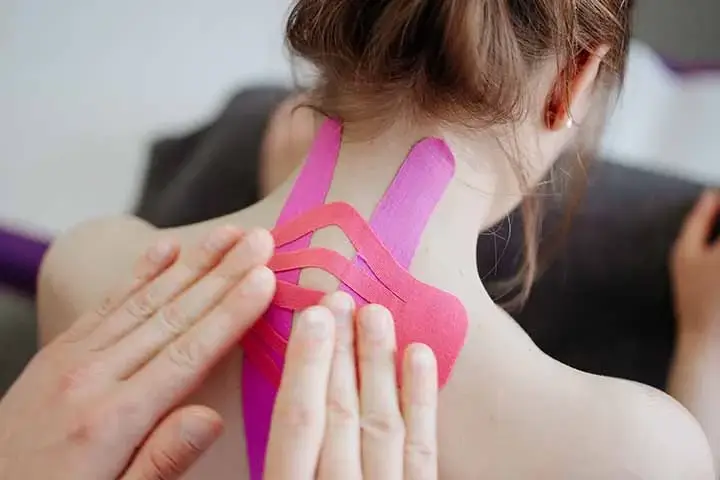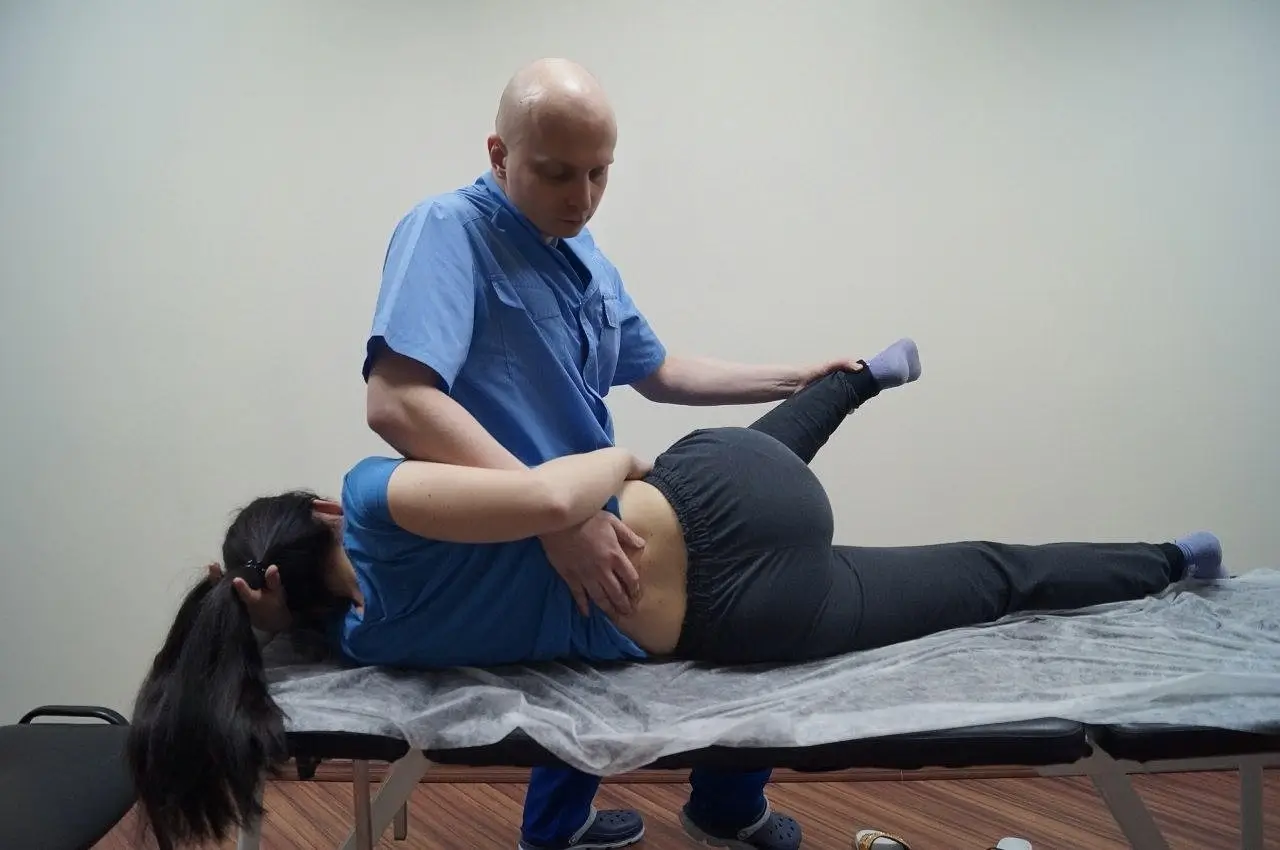

Kinesio Taping Techniques
Kinesio taping techniques, also known as kinesiology taping or kinesiotaping, have gained significant popularity in recent years, especially in the world of sports medicine and physical therapy. This innovative approach to injury prevention, pain management, and rehabilitation has captured the attention of athletes, healthcare professionals, and individuals seeking natural healing methods. In this comprehensive guide, we'll delve into the world of kinesio taping techniques, exploring their history, applications, and various techniques, as well as addressing some frequently asked questions.

A Brief History of Kinesio Taping Techniques
The origins of kinesio taping techniques can be traced back to the 1970s when Dr. Kenzo Kase, a Japanese chiropractor, developed a unique elastic tape that could mimic the properties of human skin. Inspired by traditional taping methods, Dr. Kase aimed to create a tape that would provide support and stability to muscles and joints without restricting movement.
Initially, kinesio taping techniques were primarily used in Japan, but as their effectiveness became more widely recognized, they soon gained global attention. In the 1980s, athletes from various sports began incorporating kinesio taping into their training and recovery routines, leading to its widespread adoption in the world of sports medicine.
What Is Kinesiology Tape For?
Kinesiology tape, or kinesio tape, is a specialized elastic adhesive tape designed to facilitate the body's natural healing processes. Its unique properties make it a versatile tool for addressing a wide range of conditions and promoting overall well-being. Here are some of the primary benefits of kinesiology tape:
- Pain relief: By creating a slight lift on the skin, kinesio tape can help reduce pressure on pain receptors, providing relief from muscle soreness, joint pain, and even headaches.
- Improved circulation and lymphatic drainage: The lifting action of the tape can enhance blood flow and lymphatic drainage, which can help reduce swelling, inflammation, and promote faster healing.
- Enhanced muscle function: Kinesio tape can provide support to weakened or injured muscles, potentially improving proprioception (body awareness) and aiding in proper muscle activation.
- Injury prevention: By providing stability to joints and muscles, kinesio tape can help prevent injuries during physical activity, making it a valuable tool for athletes and active individuals.
- Posture correction: Kinesio taping techniques can be employed to encourage proper postural alignment, alleviating strain on muscles and joints caused by poor posture.
Different KT Techniques
Kinesio taping techniques encompass various approaches, each designed to address specific needs and desired outcomes. Here are some of the most common techniques:
- Muscle Facilitation: This technique involves applying the tape with minimal stretch to support weakened muscles and improve their function.
- Muscle Inhibition: For tight or overactive muscles, the tape is applied with slight tension to provide a gentle inhibitory effect, promoting relaxation.
- Pain Reduction: The tape is applied in a fan-like pattern around the area of pain to create the most significant skin lift, reducing pressure on pain receptors.
- Lymphatic Drainage: Specific taping patterns are used to promote lymphatic drainage and reduce swelling, making it beneficial for conditions like lymphedema.
- Postural Correction: Kinesio tape can be applied to specific muscle groups to encourage proper postural alignment, addressing issues such as rounded shoulders or forward head posture.

Combining Kinesio Taping with Osteopathic Techniques
By integrating kinesio taping with osteopathic techniques, we can provide a comprehensive and multi-faceted approach to treating a wide range of conditions. This synergistic approach can help address underlying structural imbalances, promote proper biomechanics, and support the body's natural healing processes.
One of the key benefits of combining kinesio taping with osteopathic techniques is the ability to address both the symptoms and the root causes of an individual's condition. Osteopathic techniques, such as myofascial release, visceral therapy, and osteopathic joint treatment, can help restore proper alignment, release tension in the fascia (connective tissue), and improve overall body mechanics.
By incorporating kinesio taping techniques alongside these osteopathic interventions, we can provide additional support and stability to the affected areas, facilitating the body's healing process and promoting long-lasting results.
For example, in the case of a patient with low back pain, an osteopath may first address any structural imbalances or restrictions in the spine and surrounding muscles using joint mobilizations and myofascial release techniques. Subsequently, the application of kinesio tape can provide additional support to the affected areas, reducing strain on the muscles and promoting proper posture and movement patterns.
Similarly, for individuals recovering from injuries or post-surgical conditions, the combination of kinesio taping and osteopathic techniques can be invaluable. Osteopathic techniques can help restore proper joint mechanics and tissue mobility, while kinesio taping can provide the necessary support and stability to facilitate the healing process and prevent further injury.
Frequently Asked Questions
Here are some commonly asked questions regarding kinesio taping techniques and kinesiology tape:
Q: Who can benefit from kinesio taping? A: Kinesio taping can be beneficial for a wide range of individuals, including athletes, those recovering from injuries, individuals with chronic pain conditions, and anyone seeking to improve their posture or overall well-being.
Q: How long can I wear kinesio tape? A: Kinesio tape is typically worn for several days, up to a week, depending on the individual's activity level and the specific application.
Q: Can I apply kinesio tape myself? A: While self-application is possible with proper instruction, it is generally recommended to have kinesio tape applied by a healthcare professional, at least initially. This ensures proper technique and avoids potential complications.
Q: Are there any side effects to kinesio taping? A: Kinesio tape is generally safe, but some individuals may experience skin irritation or allergic reactions. It's important to discontinue use if you experience any discomfort or adverse reactions.
KT tape techniques - Conclusion
Kinesio taping techniques offer a non-invasive and innovative approach to pain management, injury prevention, and promoting overall healing and well-being. With its growing popularity and widespread acceptance in the healthcare and sports industries, it's essential to understand the potential benefits and limitations of kinesiotaping. Whether you're an athlete seeking to enhance performance, an individual recovering from an injury, or someone looking to alleviate chronic pain, kinesio taping techniques may provide the support and relief you need to achieve your goals.
☛ Individual Kinesiotherapy - what does it mean?.
☛ Craniosacral therapy treatment.




